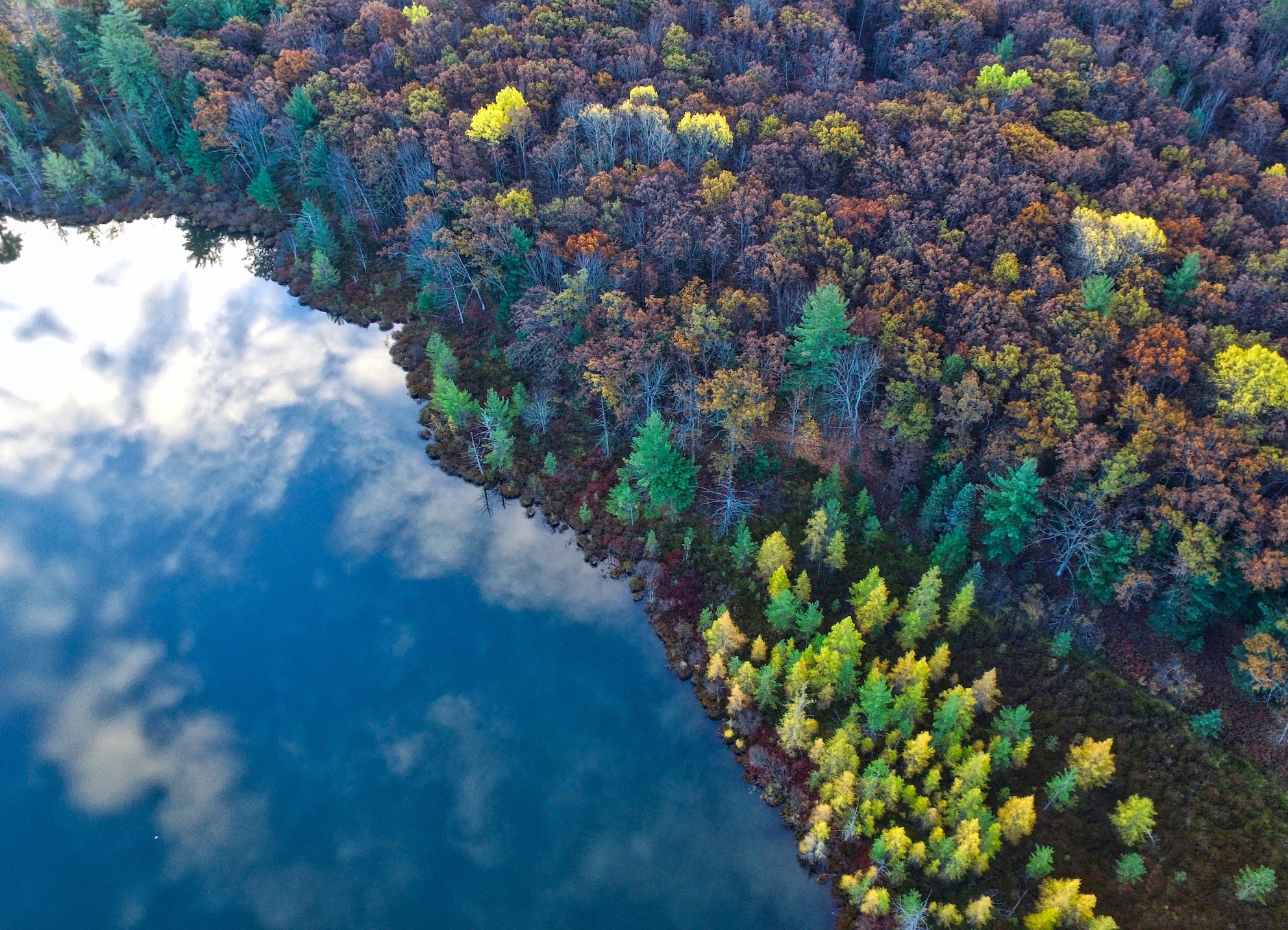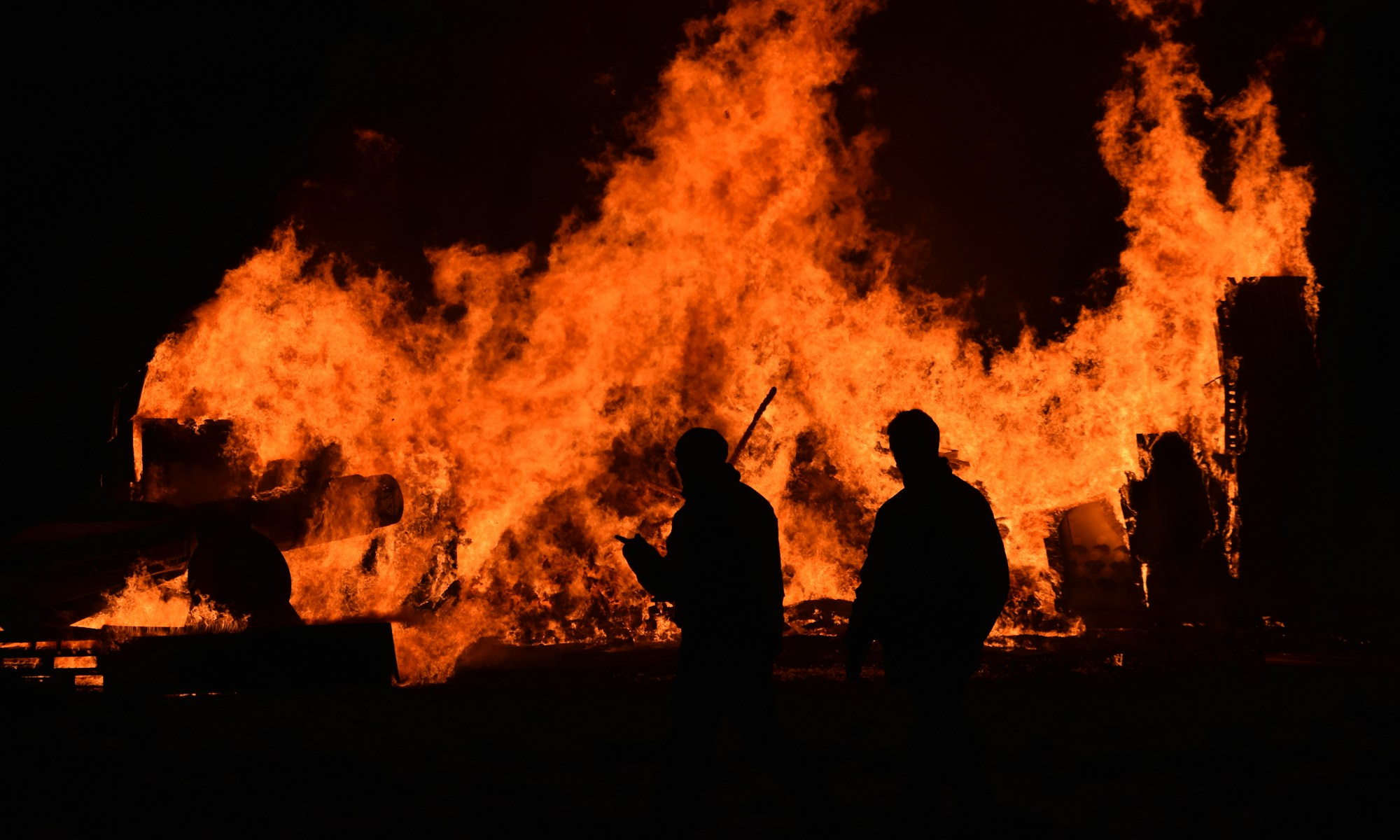1 September 2022 – Willy Phillips
This piece discusses the Oak Fire in California and the future of fire cycles in the state.
On July 22nd, the foothills of Sierra Nevada, California, saw the state’s most sporadic and unpredictable fire to date, called the Oak Fire. The Oak Fire burned nearly 18,000 acres in its first three days. About 2,000 firefighters fought to keep the blaze at bay, which destroyed numerous properties and left thousands without power. The CAL fire department reported over 6,000 people evacuated in the first 72 hours of the blaze. Today, over a month later, the fire is nearly contained, but still holds an ‘active’ listing on the fire departments website. As the fire season comes to a close, many fear events as unpredictable and rampant as this are soon to be commonplace.
California has faced some of the United States’ most severe climate challenges. From extensive droughts to unmatched heatwaves, the state is familiar with the impact of climate change on their fire season. Beth Pratt, a regional fire expert, spoke of the regularity of big fires, saying, “The fire cycle up here, before these 1,500-year droughts which we’re in, was like a big one every 15, 20 years, now we have multiple big fires every year.”
The uptick in massive fires has not happened overnight. Instead, years of unrelenting drought, warmer-than-average temperatures, and a buildup of dry-brush fuel on the forest floor have created ideal fire conditions. Across California, fire crews and departments have cited “explosive fire behavior” due to the unprecedented lack of moisture. In fact, soil records reveal these are the driest conditions California has seen in 1200 years, with no hopes of moisture on the horizon. As even drier conditions take hold in California, fire management is due for an overhaul. Evacuation as a management strategy is entirely unsustainable, but can only be avoided with comprehensive and collaborative management.
To build these new strategies, the state and supporting agencies have much work to do. Citizens can do their part by adhering to evacuation strategies and being disaster-ready with supplies on hand. However, a large amount of fire safety must come from proactive state-wide efforts to address climate change, like fire-proofing buildings, and prescribed burns throughout the state. Previous fire management strategies utilizing rainfall and cooler temperatures have fallen short. In response, experts are calling for more proactive and comprehensive approaches that depend on multi-level cooperation and continued adaptation to the observed conditions. Undoubtedly a tough task, but one that is critical to the longevity of the state and its residents.



